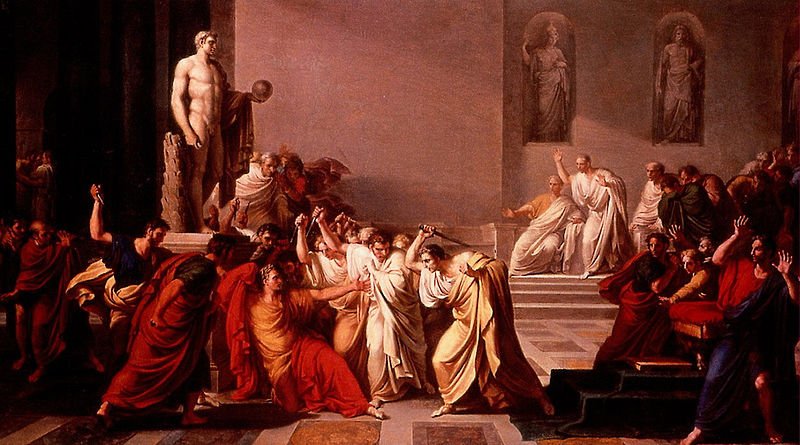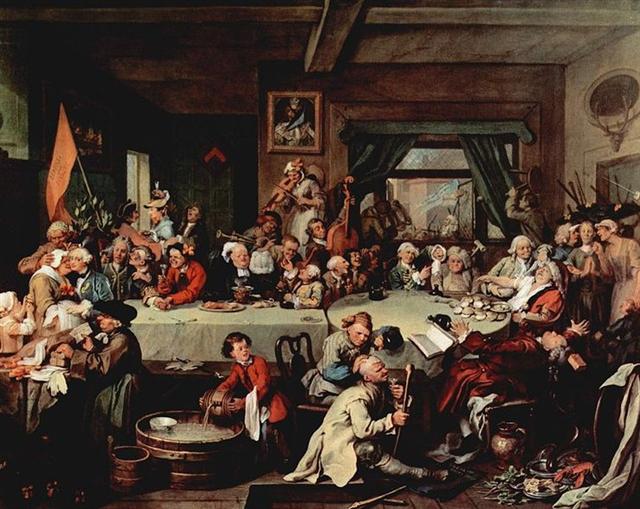|
R (Small
Washington Tablet)
12. The rongorongo texts are sprinkled with lot's of hanging fishes, turtles, and figures without arms and legs, which makes it difficult to immediately connect such glyphs with stars and dates. Let's instead look again on the 'living earth' type of glyph. In the G text there is only one such - and we know the date, viz. 5 days after the culmination (at 21h) of Sirrah (with the culmination of Acrux ideally close to right ascension line for the Full Moon):
... The brutes of spring caused the downfall of both Captain Cook and Julius Caesar. We are close to the key myth of mankind, that which explains the regeneration of sun and of growth. Once at least some people kept the tradition living. I became interested in what really happened at March 15 and reopened Henrikson to find out: Caesar had been forewarned of the threat by the prophet Spurinna, who told him that a great threat was coming at Idus Martiae or just before [i.e. at 3-14]. The day arrived and Caesar was still living, walking to his meeting with the Senate when he happened to encounter Spurinna and told him jokingly that he was still alive. Spurinna calmely answered that the day had yet not ended ...
Like alpha and omega (* and †) - like Aleph and Taf - like being reborn and dying again,
the emblem of henua ora was a perfetc match:
For in the K parallel text (to G) we should notice the glyph at SEPTEMBER 21:
Rehua (Antares) ripens all fruit (hua). And day 288 (*208) was when the Pope Gregory XIII launched his faulty (crooked) canoe: ... Gregory dropped 10 days to bring the calendar back into synchronisation with the seasons. Accordingly, when the new calendar was put in use, the error accumulated in the 13 centuries since the Council of Nicaea was corrected by a deletion of ten days. The Julian calendar day Thursday, 4 October 1582 was followed by the first day of the Gregorian calendar, Friday, 15 October 1582 (the cycle of weekdays was not affected) ...
... Taetagaloa goes right over there and steps forward to the stern of the canoe saying - his words are these: 'The canoe is crooked.' (kalo ki ama). Instantly Likāvaka is enraged at the words of the child. Likāvaka says: 'Who the hell are you to come and tell me that the canoe is crooked?' Taetagaloa replies: 'Come and stand over here and see that the canoe is crooked.' Likāvaka goes over and stands right at the place Taetagaloa told him to at the stern of the canoe. Looking forward, Taetagaloa is right, the canoe is crooked. He slices through all the lashings of the canoe to straighten the timbers. He realigns the timbers. First he must again position the supports, then place the timbers correctly in them, but Kuikava the son of Likāvaka goes over and stands upon one support. His father Likāvaka rushes right over and strikes his son Kuikava with his adze. Thus Kuikava dies. Taetagaloa goes over at once and brings the son of Likāvaka, Kuikava, back to life. Then he again aligns the supports correctly and helps Likāvaka in building the canoe. Working working it is finished ... But in AD 1842 (my assumed era for rongorongo) Tane (Not-tangaroa, Taetagaloa) - the tropic of Cancer - had restored the proper order of the 'timbers'. The Mangaians of old had kept their precessional clock running and their neighbours on Easter Island had presumably done so too.
Antares had two wives and this might possibly explain why henua ora glyphs sometimes came in pairs (twins):
... The first half beginning with Alef - an ox, and ending with Lamed - a whip. The second list begins with Mem - water, and continues with Nun - fish, Samek - fish bones, Ayin - a water spring, Peh - the mouth of a well, Tsadi - to fish, Kof, Resh and Shin are the hook hole, hook head and hook teeth, known to exist from prehistoric times, and the Tav is the mark used to count the fish caught ...  |
|||||||||||||||||||||||||||||||||||||||||||||||||||||||||||||||||||||||||||||||||||||||||||||||||||||||||||||||||||||||||||||||||||||||||||||||||||||















